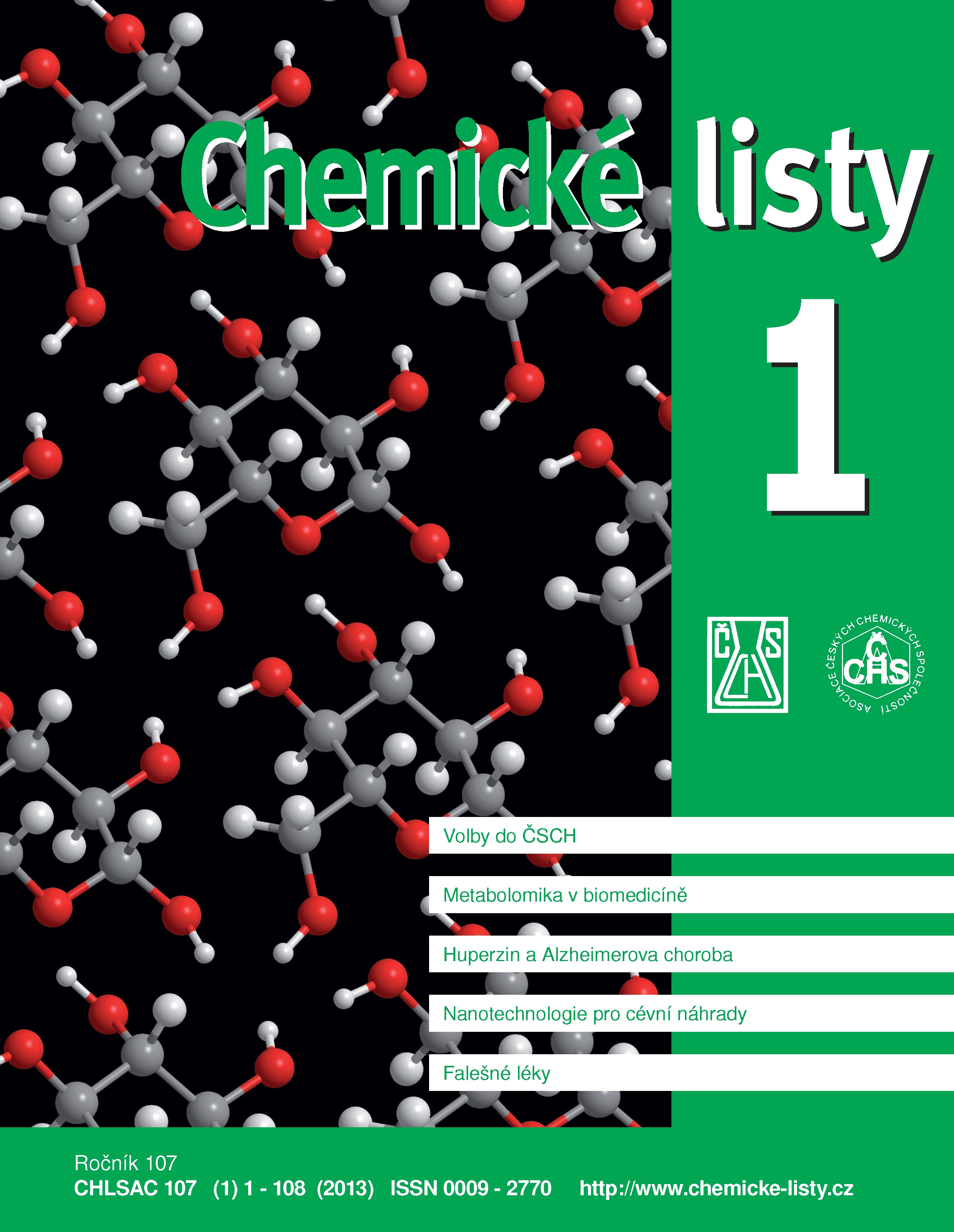Multiplex Dideoxynucleotide Sequencing Using Polyadenylated Sequencing Primers
Keywords:
DNA, multiplex, sequencing, PCR, HFE gene, polyadenylated primerAbstract
The title method is applied to one of the analyzed amplicons. The new approach is used for identification of C282Y (C), H63D (H), and S65C (S) mutations in the HFE gene. In a group of DNA samples from 40 patients with suspected hereditary hemochromatosis we amplified specific parts of HFE exon 2 (208 bp) and exon 4 (189 bp) by multiplex PCR. Purified amplicons were subsequently used in a multiplex cycle sequencing reaction containing a hyperadenylated reverse primer for exon 2. Adenylation with a 105-nucleotide polyadenylated tail attached to the 5' end of the primer significantly prolonged the migration time of the exon 2 amplicons in the electrophoretic capillary. This enabled us to obtain separated sequencing data for both the studied amplicons. The numbers of identified zygotes and allelic frequencies in the patients are given. We found six subjects with the risk of hereditary hemochromatosis (15 %). The new method is a faster and cheap alternative to dideoxynucleotide sequencing using standard sequencing primers. Hyperadenylation makes it possible to obtain complete information about the presence or absence of C282Y, H63D and S65C mutations in the HFE gene from one-capillary electrophoretic analysis.





